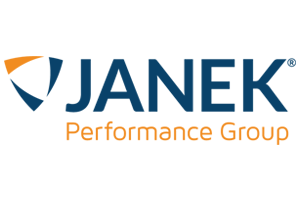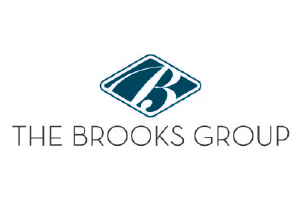A quality customer relationship management (CRM) platform is essential for modern businesses, but many managers struggle to get their teams to adopt them. In fact, a study found that nearly 50% of CRM projects fail due to slow user adoption. In addition, many project managers expect their staff will be hesitant to change their existing processes to adopt a new CRM solution.
However, effective sales organizations stand out by consistently leveraging their CRM tools to enhance performance. This article offers strategies to improve CRM adoption with training and, in turn, make your sales force more effective.
Challenges That Prevent Successful Adoption
Before an organization can improve CRM adoption amongst its sales team, it’s important to understand the challenges and hurdles that need to be overcome to ensure the process goes smoothly.
To start, legacy CRM systems are struggling with adoption within their customer base because they were originally designed as command-and-control systems. End users (particularly salespeople) view these CRMs as benefiting management while burdening salespeople. The outdated interfaces and navigation systems hinder adoption and create steep learning curves. In addition, some legacy CRM systems take a long time to implement, with lengthy onboarding processes due to their overly complex nature and a lack of planning.
Modern CRM systems, however, drive much higher adoption rates because they focus on bringing value to both management and front-line salespeople. With visual, intuitive interfaces and less of a learning curve, staff do not face the same impediments. These platforms are also easier to onboard, often only taking a matter of days, due to the intuitive nature of the interface.
Organizations holding onto their legacy CRM systems aren’t setting themselves up for long-term success. Now is the time to reevaluate the CRM marketplace for a new, modern solution that will be less burdensome on sales staff and more successful for the organization overall.
Ways to Encourage Better CRM Adoption
Any new platform, CRM or otherwise, requires training. When implementing a new solution, it’s important to ensure you provide enough training and the right incentives to keep staff motivated.
Organizations should lead with a “what’s in it for me?” approach where salespeople are concerned, showing and training them on the elements of the system that bring immediate value. For example, show how routine, rote and repetitive tasks such as email writing and responding can be automated. It will immediately show that the system is far from being taxing and actually frees up time to focus on high value activities.
Training should also be iterative and staggered to avoid overload and unintentionally alienating the sales team. Training should be an ongoing process, but each phase of training should have a learning and adoption period built in, with metrics to establish the success of the training before moving to the next phase.
Make training bite-sized and focus on incremental feature rollout. It is always better to start with close to 100% adoption of 5% of the system rather than 5% adoption of 50% of the system.
In addition to formal training, sales leaders should use their regular interactions with their team members for informal training, constantly sharing tips and tricks to use the system more effectively.
Lastly, find early adopters on the team and have them help define and lead the training. Create a mentoring culture where those who are more comfortable with the technology and use of the system can mentor their peers.
Lead By Example
Just as is the case with most industries and professions, sales professionals take their cues from their leaders. Those same leaders need to be early and enthusiastic adopters of a new CRM platform. If they’re instead only paying lip-service, their team will see it and view the new CRM as just another “initiative du jour” that will eventually die on the vine.
Sales leaders need to reinforce with their teams that the CRM platform is the essential guide for their roles. They must conduct pipeline reviews and forecasts based on what is in the system and adopt an “if it is not in the CRM, then it doesn’t exist” approach.
Also, the CRM should be used as a coaching tool to make sure there is consistency of use. For example, opportunities in stage two of the sales process should be qualified in the same way, regardless of salesperson ownership.
Benefits of Successful CRM Adoption
As the name suggests, the right CRM software can help sales professionals better cultivate and manage their client relationships. For firms that actively engage with their CRM platforms, data shows that sales are increased by almost 30% on average.
The most important measure of a successful training and onboarding program for CRM is that it becomes the single source of truth. If sales leaders are able to trust the data in the system and salespeople are consistent in updating the data, then everything else flows from there.











